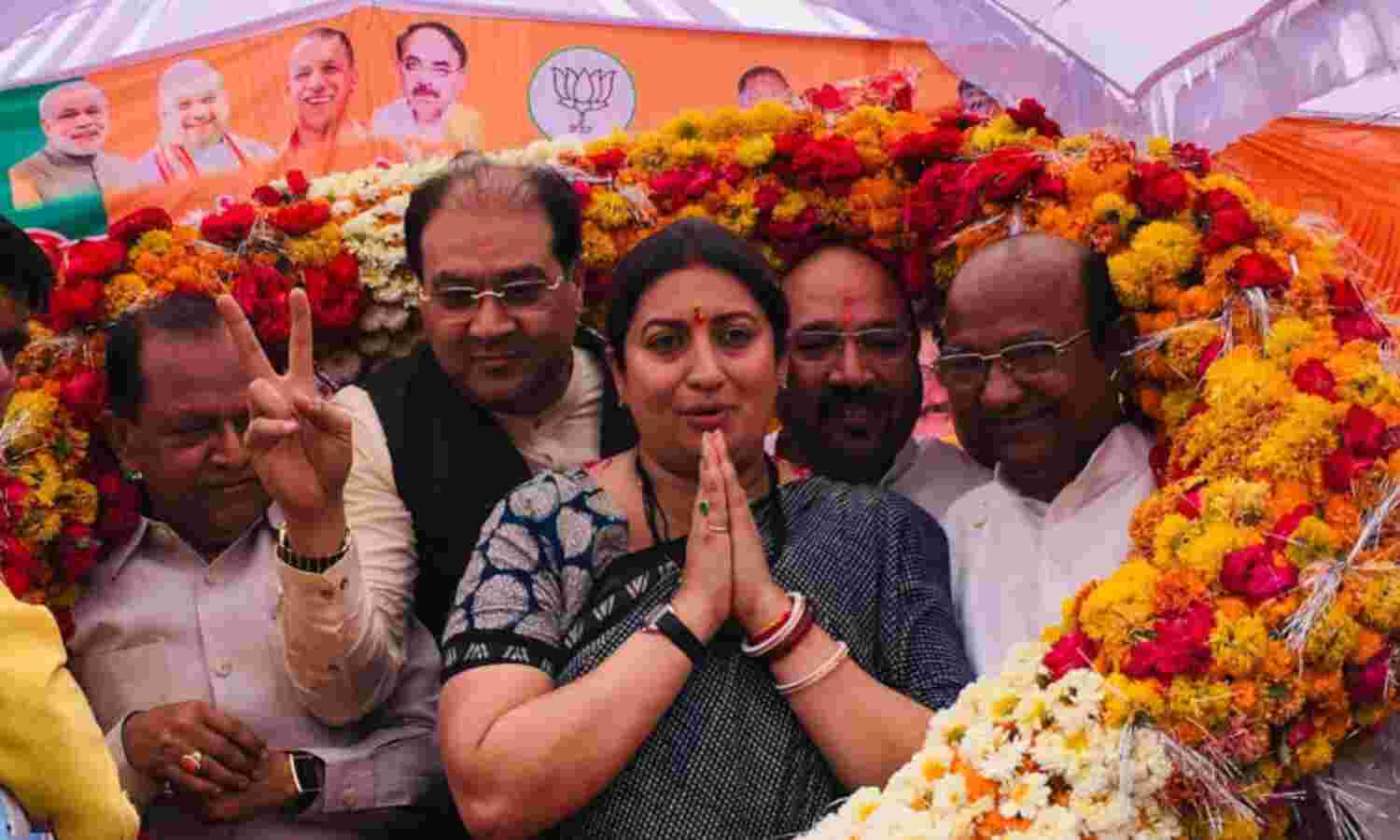17th Lok Sabha Elects Most Women MPs Ever

Mumbai: The 17th Lok Sabha has the highest ever number of women parliamentarians ever--at 78--with 716 women candidates having contested and logging a success rate of 11%, as per an IndiaSpend analysis.
Uttar Pradesh and West Bengal have elected the most number of women parliamentarians, 11 each. Maharashtra (8) is next, followed by Odisha (7) and Gujarat (6).
Among the political parties, the Bharatiya Janata Party (BJP) has the most number of women winners (41), or nearly 14% of all its members (303) elected to the Lok Sabha. The BJP is followed by the All India Trinamool Congress (9), which had fielded 41% women candidates, unprecedented for any election ever in the history of Indian democracy, as IndiaSpend reported on March 27, 2019.
These parties are followed by the Congress (7--13.5% of its 52 MPs), Yuvajana Shramika Rythu Congress (4--18% of 22) and Biju Janata Dal (4--33.3% of its 12).
Best ever performance
The previous highest number of women parliamentarians was in the previous Lok Sabha--62 women were elected in 2014, accounting for 11.4% of the seats of the house.
The 6th Lok Sabha in 1977 had the fewest women MPs, 19 or 3.5% of the strength of the house.
Source: Press Information Bureau; *Election Commission of India, PRS Legislative Research
The lowest success rate for women candidates was in the 11th Lok Sabha in 1996, when 6.7%, or 40 of 599, women contestants got elected. The second Lok Sabha in 1957 had the highest success rate among women candidates--48.9% or 22 of 45.
India stood 149th in a 2019 list of 193 countries ranked by percentage of elected women representatives in their national parliaments, trailing Pakistan, Bangladesh & Afghanistan, dropping 3 places since 2018, IndiaSpend reported on March 15, 2019.
There were 66 women MPs in the Lok Sabha (parliament’s lower house), occupying 12.6% of its 524 seats, while the world average was 24.3%, as on January 1, 2019.
Representation of women MPs in the 17th Lok Sabha--in terms of the total strength of the house--has seen an improvement from 11% in 2014 to 14% in 2019. This is still lower compared to countries like Rwanda (61%), South Africa (43%), United Kingdom (32%), USA (24%) and Bangladesh (21%).
Elected women candidates who were in the news
Smriti Irani, the BJP candidate from Amethi and the union minister of textiles in the National Democratic Alliance government in 2014, won with a margin of 55,120 votes against Congress president Rahul Gandhi.
Sadhvi Pragya Singh Thakur of the BJP, contesting from Bhopal, won by a margin of 364,822 votes defeating Congress veteran Digvijay Singh. Thakur is accused of terror charges for her involvement in the 2008 Malegaon blasts.
Locket Chatterjee of the BJP, who won from Hooghly, West Bengal, reported in her affidavit to the Election Commission that she was facing 14 criminal cases. Chatterjee won by a margin of 73,362 votes.
Hema Malini of the BJP, who won by a margin 293,471 votes from Mathura in Uttar Pradesh, reported assets worth Rs 250 crore, the highest among women candidates, an analysis from the Association for Democratic Reforms said. She was followed by Harsimrat Kaur Badal of the Shiromani Akali Dal of Punjab, having assets worth Rs 217 crore in 2019. She won from Bathinda constituency with a margin of 21,772 votes.
Correction: An earlier version of this story erroneously said that Sadhvi Pragya Singh Thakur of the BJP, contesting from Bhopal, is accused of terror charges for her involvement in the 2006 Malegaon blasts. She is accused in the 2008 Malegaon blasts. We regret the error.
We welcome feedback. Please write to respond@indiaspend.org. We reserve the right to edit responses for language and grammar.


